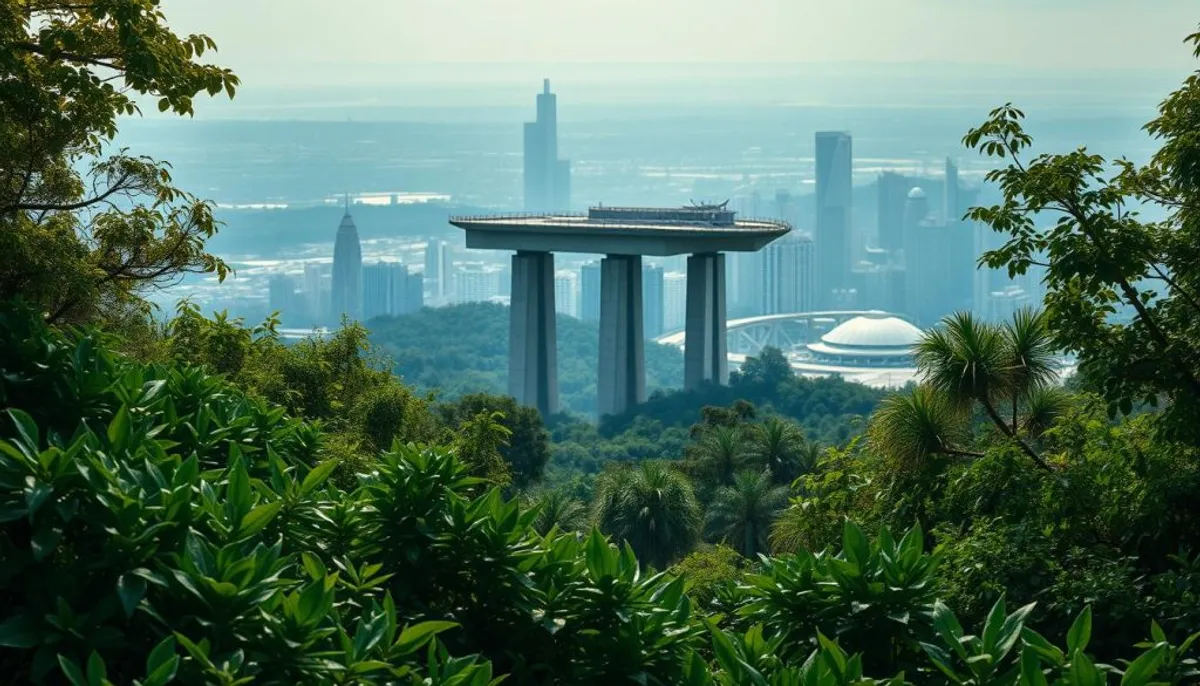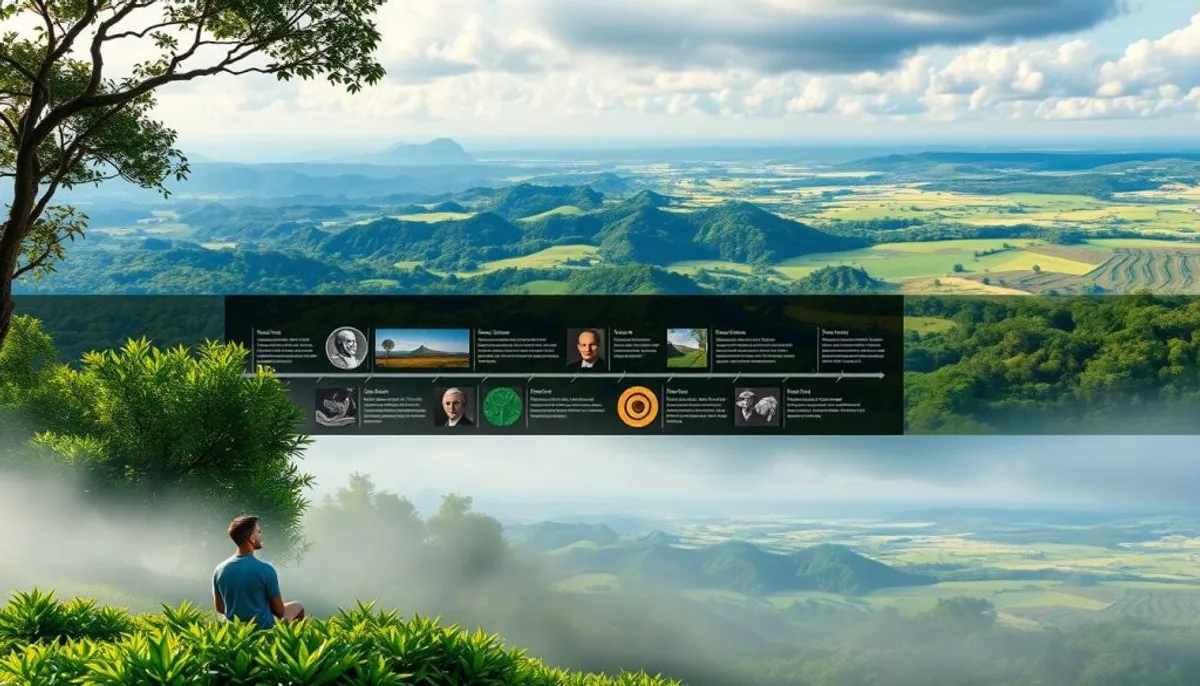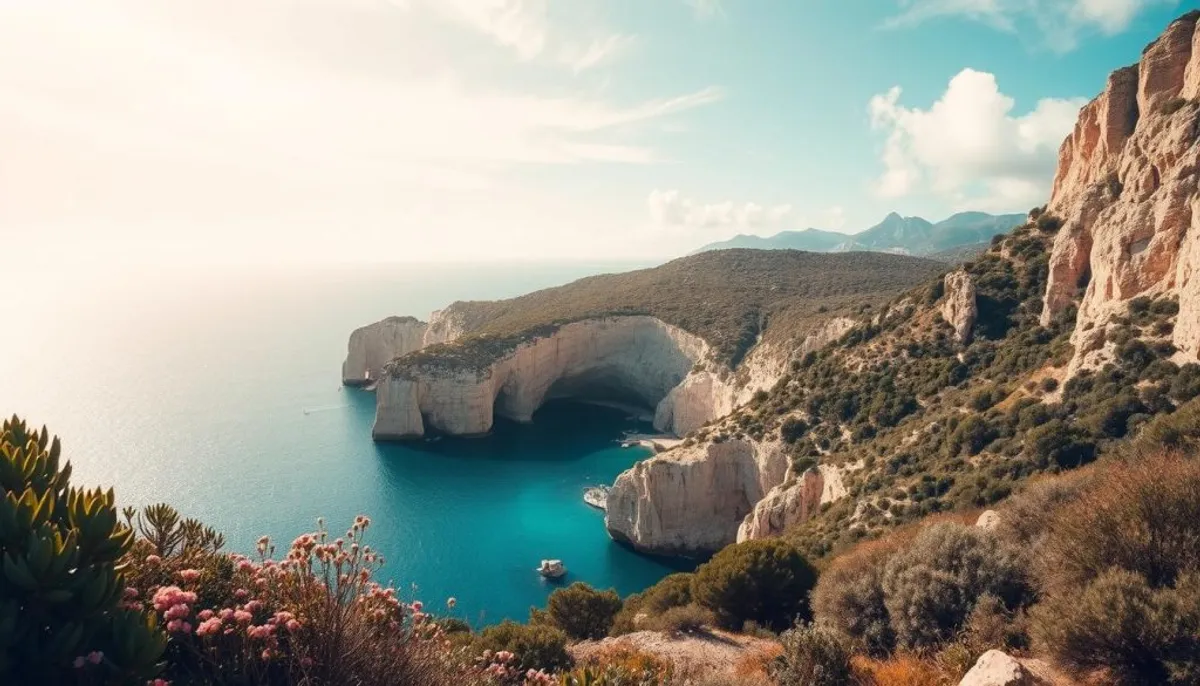Nature and culture, two essential concepts, shape our reality. The question of what is the difference between nature and culture has long concerned philosophers and anthropologists. The natural environment is subject to physical laws, while culture is the product of the human mind.
In 1962, Claude Lévi-Strauss published “The Savage Mind,” a fundamental work for understanding this duality. His research has influenced many scholars. This is illustrated by the creation of the chair of anthropology of nature at the Collège de France in 2000 by Philippe Descola.

Recent studies shed light on the complexity of this relationship. For example, among Australian Aborigines, the “dreamtime beings” combine human and non-human elements. This shows a close link between nature and culture. This fusion raises fascinating questions about our role in the universe.
Let us explore together these complex and essential concepts to understand our evolving world. Nature and culture, although distinct, are woven together in a fascinating way. They influence our perception and interactions with the environment.
What is the difference between nature and culture
The distinction between nature and culture has undergone significant evolution. Historically, they were considered opposing entities, with nature being stable and culture being changeable. However, this dichotomy has broadened, revealing complex interactions between them.
Nature as a principle of production
Nature is often seen as an autonomous system, independent of man. It is characterized by regular cycles, such as seasons and flowering. This stability has long been perceived as essential to nature.
Culture as human creation
Culture, on the other hand, encompasses all productions of the human mind. It manifests through cultural heritage, traditions, and customs. Culture transforms nature, using its resources to create an environment suited to humans.
Fundamental distinctions between the two concepts
Even though the separation between nature and culture has blurred, differences remain. Nature is subject to immutable physical laws, while culture evolves constantly. Ecology has introduced an ethical dimension into our relationship with nature, highlighting the global impact of our cultural actions on the environment.
| Aspect | Nature | Culture |
|---|---|---|
| Origin | Independent of man | Human creation |
| Characteristic | Regular cycles | Constant evolution |
| Expression | Natural phenomena | Traditions, customs |
The evolution of philosophical thought on nature
Reflection on nature has undergone profound transformations over the centuries. Philosophers have shaped our understanding of the natural world. They have influenced our perception of natural and cultural heritage.
The Aristotelian view of nature
Aristotle introduced the concept of “physis,” often translated as “nature” in English. He suggested that natural inclinations in humans transform through cultural practices. This idea highlights the close link between nature and culture, a fundamental theme in anthropology.
The Cartesian approach
Descartes brought about a radical change. He conceived of nature as a set of material bodies subject to physical laws. This mechanistic view marked a turning point in Western thought. It profoundly influenced our relationship with the natural world, highlighting the benefits of Illicado culture that arise from it.

The Rousseauist perspective
Rousseau viewed culture as a negation of nature. He argued that history has dug a chasm between the natural man and the civilized man. This view challenges our conception of cultural heritage and its impact on our relationship with nature.
These different philosophical perspectives have profoundly shaped our understanding of the relationship between nature and culture. They continue to influence contemporary debates in anthropology regarding the preservation of natural and cultural heritage.
The impact of culture on the natural environment
The relationship between culture and the natural environment is deeply complex and constantly evolving. Human societies have undergone massive industrialization, radically transforming their terrestrial environment. This interaction between Man and Nature raises crucial questions in sociology and the study of ecosystems.
Max Weber explored the historical process of “secularization,” leading to a “disenchantment” of Nature, through the development of scientific knowledge. This perspective has profoundly marked our relationship with the environment.
Techno-industrial societies today embody a mediation between Man and the terrestrial environment. This transformation of nature is often pursued under the assumption that nature can be treated as a mechanism devoid of intrinsic values, according to Hans Jonas.
However, modern ecological awareness aims to reconcile culture and nature. The Convention on biodiversity of 1992 and the UNESCO Universal Declaration on Cultural Diversity in 2002 illustrate this desire to preserve both our natural and cultural heritage.
The impact of industrialized societies on the terrestrial environment is at the center of debates. It urges us to rethink our relationship with nature and seek a balance between cultural development and the preservation of ecosystems.
Cultural traditions in the face of natural laws
Cultural traditions and natural laws maintain a complex relationship. Cultural heritage influences our interaction with nature. Cultural knowledge is passed down from generation to generation. This dynamic shapes our approach to biodiversity and the environment.
Cultural heritage and its influence
Cultural heritage plays a crucial role in our perception of nature. The calanques of Marseille, with their history dating back to the Paleolithic, perfectly illustrate this interaction. This area, 20 kilometers long and 4 kilometers wide, has been shaped by human activity while preserving its natural richness.
The transmission of cultural knowledge
The transmission of cultural knowledge is essential for maintaining the balance between tradition and the preservation of biodiversity. In 1972, UNESCO adopted the Convention concerning the protection of world heritage, natural and cultural, recognizing the importance of this transmission. The calanques of Marseille, classified as a Zone of Ecological, Faunal, and Floral Interest since 1982, testify to this desire to preserve both cultural and natural heritage.
Adaptation to natural constraints
Cultures constantly adapt to natural constraints. The Calanques National Park, created in 1999, illustrates this adaptation. Located near an urban area of one million inhabitants, it must reconcile biodiversity preservation and human activities. This approach is part of the Natura 2000 network, aimed at preserving biological diversity at the European level since 1996.

| Year | Event |
|---|---|
| 1972 | Adoption of the UNESCO Convention on World Heritage |
| 1982 | Classification of the calanques as ZNIEFF |
| 1996 | Integration into the Natura 2000 network |
| 1999 | Creation of the GIP for the Calanques National Park |
The role of anthropology in understanding nature-culture
Anthropology is essential for exploring the relationship between nature and culture. It allows us to grasp the differences between these two concepts by analyzing the varied practices and beliefs of societies.
The studies of Lévi-Strauss
Claude Lévi-Strauss transformed our view of the nature-culture duality. His research revealed universal structures in human societies, thus contributing to a better understanding of philosophical anthropology. It also highlighted the diversity of cultures.
Contemporary approaches
Today’s anthropologists continue to study this complex relationship. Tim Ingold, for example, has dedicated more than three decades to studying Arctic societies. His studies on reindeer herding demonstrate the interaction between material conditions, symbolic life, and religious beliefs.
Current anthropology highlights the diversity of practices related to reindeer. Differences can be observed in hunting, pastoral techniques, or domestication. These variations show how cultures adapt to natural constraints. Cree hunters, for example, believe that caribou offer themselves voluntarily, a cultural perspective that contrasts with biological explanations.
This interdisciplinary approach, which combines ecology and anthropology, helps us understand the complexity of the relationships between humans and their environment. It emphasizes the importance of considering both biological survival strategies and indigenous beliefs to grasp the nature-culture dynamic.
Biodiversity and cultural heritage
Biodiversity and cultural heritage are inseparable. In France, multiple initiatives aim to protect these two pillars of our environment. The Natural Heritage and Biodiversity program supported 35 projects in 2023, benefiting from an allocation of 2 million euros.
The project to safeguard the Etang des Forges in Brocas is a striking example. It received aid of 140,000 euros. This initiative highlights the importance of protecting our local ecosystems.
The National Prize for Animal Agrobiodiversity aims to preserve agricultural genetic heritage. In 2019, the Association for the Preservation of the Pyrenean Goat Breed was awarded for its conservation efforts. This breed was threatened.
The Impact Fund allocated 1.15 million euros to 7 winners in 2023. The Domino association in Roquesérière received 150,000 euros to renovate a farm manor house. This project aims to create an inclusive space, merging built heritage and biodiversity.
| Initiative | Amount allocated | Objective |
|---|---|---|
| Natural Heritage and Biodiversity Program | 2 million € | Support for 35 projects |
| Safeguarding of the Etang des Forges in Brocas | 140,000 € | Preservation of a local ecosystem |
| Domino Association | 150,000 € | Renovation of a farm manor house |
These initiatives highlight the importance of protecting our cultural heritage and biodiversity. They demonstrate their interdependence to ensure a sustainable future.
Current ecological and cultural challenges
In the face of the ecological and cultural challenges of our time, the preservation of the natural environment and traditions becomes crucial. Ecosystems, pillars of our survival, are under unprecedented pressure. This situation underscores the importance of protecting our environment and our traditions.
The preservation of ecosystems
The protection of ecosystems is at the heart of global concerns. Since 1980, the International Union for Conservation of Nature has proposed sustainable development strategies. In 2023, 69% of countries integrate these principles into their national policies. Despite this, biodiversity continues to decline at an alarming rate.
The safeguarding of traditions
The preservation of traditional cultures is equally important. History shows us the fragility of societies in the face of abrupt changes. For example, in the 17th century, epidemics decimated 90% of the Indigenous populations in New France, leading to immense cultural loss.
The balance between development and conservation
Finding a balance between progress and preservation remains a major challenge. The exploitation of natural resources, as in the James Bay area where one-third of the forest is designated for commercial exploitation, illustrates this dilemma. Sustainable development projects involving Indigenous populations, representing 25% of initiatives in Canada in 2023, offer promising avenues for reconciling natural environment and cultural heritage.
Integrated management of ecosystems and cultural traditions is essential for a sustainable future. It requires a holistic approach that takes into account vital ecosystem services and irreplaceable cultural riches.
Conclusion
The question “what is the difference between nature and culture” reveals a complex and profound relationship. Nature, with its immutable laws, shapes our environment. In contrast, culture, born from human ingenuity, allows us to adapt and thrive.
Cultural heritage is essential for understanding the world. It guides us through natural challenges, such as mosquito-borne diseases in Africa. It also helps us navigate social constructs, such as the inequalities described by Rousseau. This duality is reflected in our language, as seen in the term “antibiotic,” which illustrates our struggle against certain natural aspects to preserve health.
Our ability to balance nature and culture will determine our future. Whether in the preservation of biodiversity or in urban planning, as in Los Angeles, a balance between development and conservation is necessary. By understanding and respecting both our natural and cultural heritage, we can meet the ecological and social challenges that lie ahead.
RelatedRelated articles


